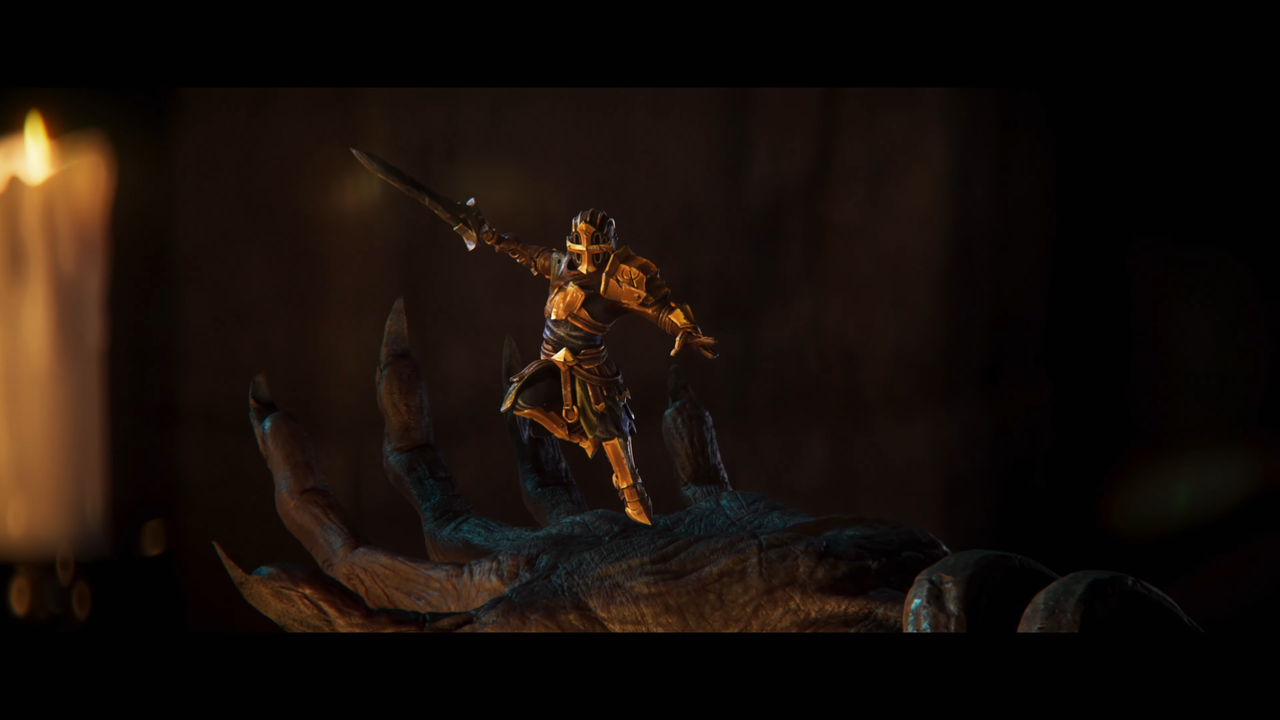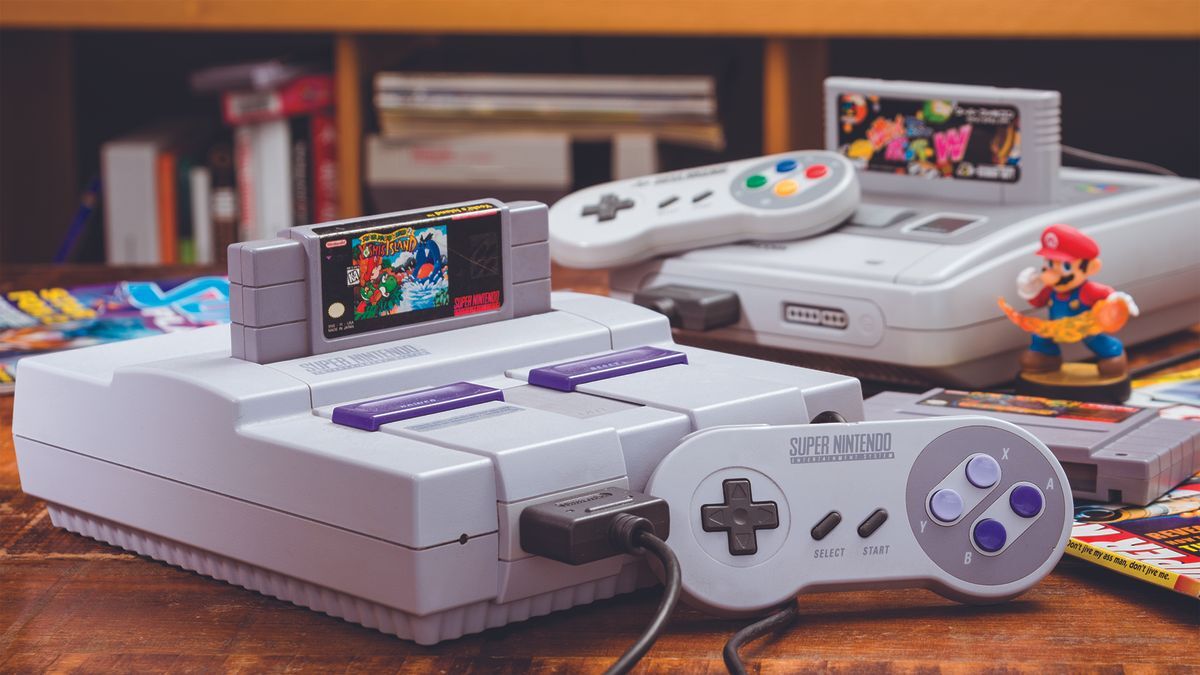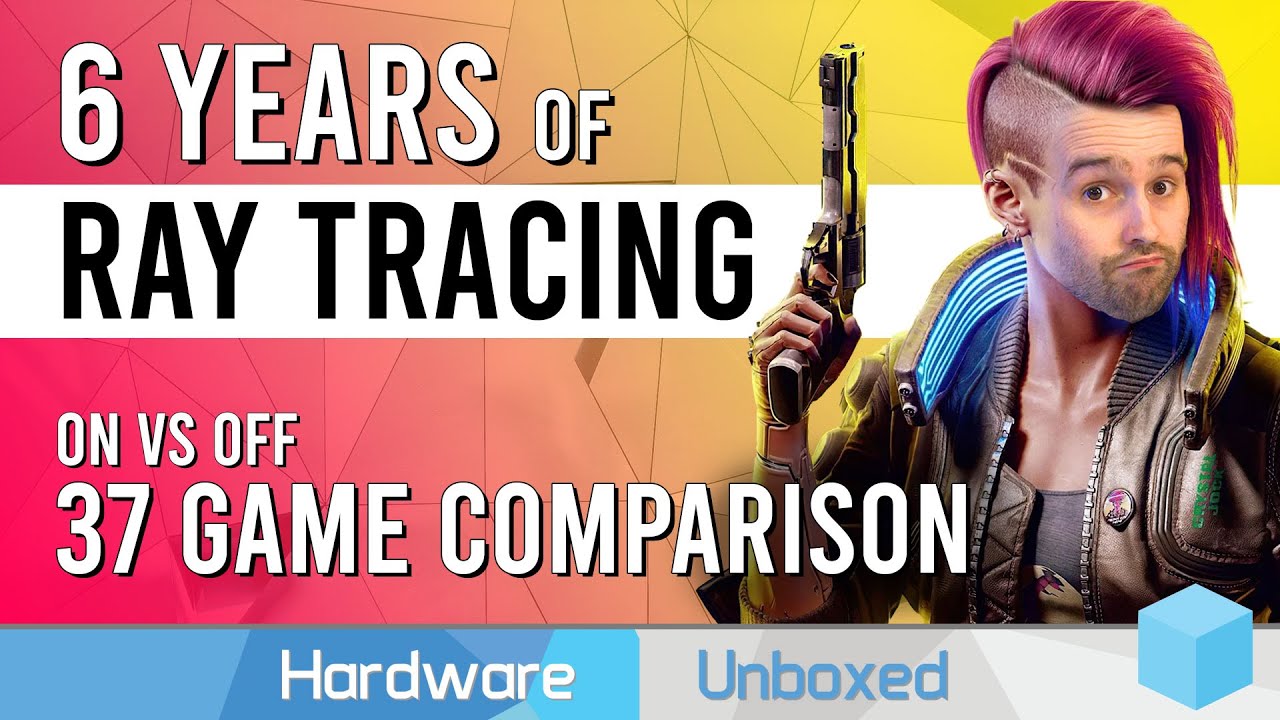

Sure, but what play is being performed here? These men are more than powerful enough to go against Trump, yet every single one of them is playing the part of the obedient subject to the mighty king. The message of this bizarre play is that Trump is in charge, that he demands, in return of leaving you and your business alone, acts of what can only be described as public debasement.
That’s unsettling for a long list of reasons.






Both games released and even the N64 port of Daikatana is more fun on original hardware than Star Citizen ever will be.